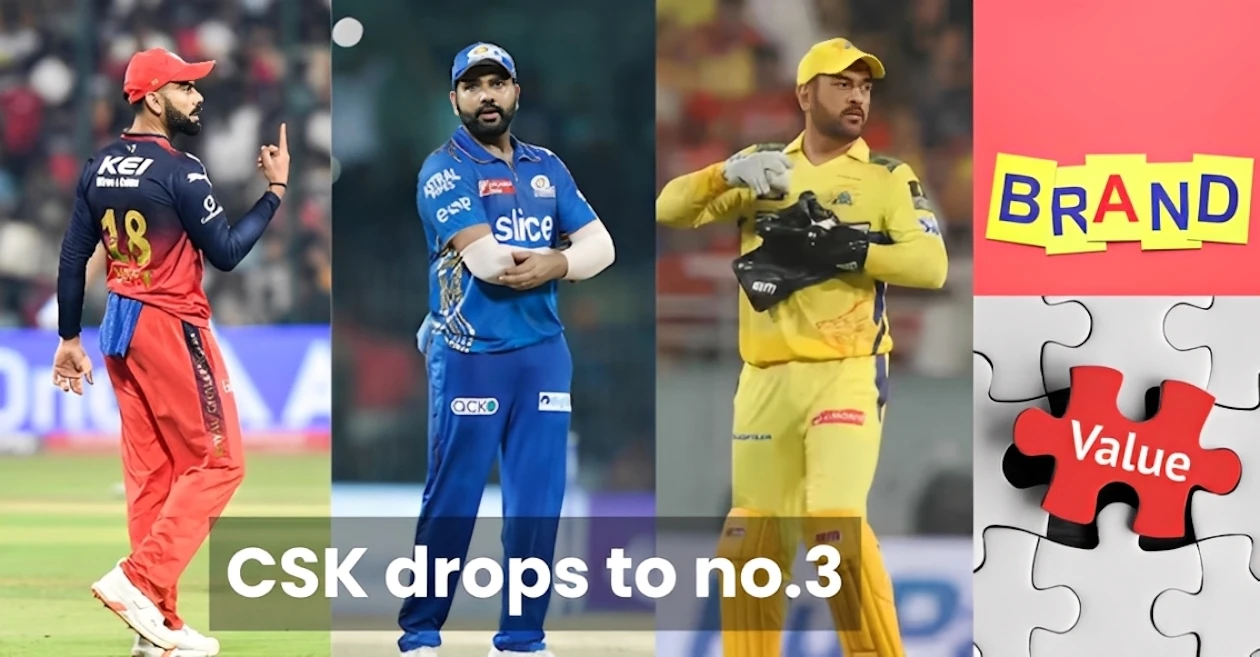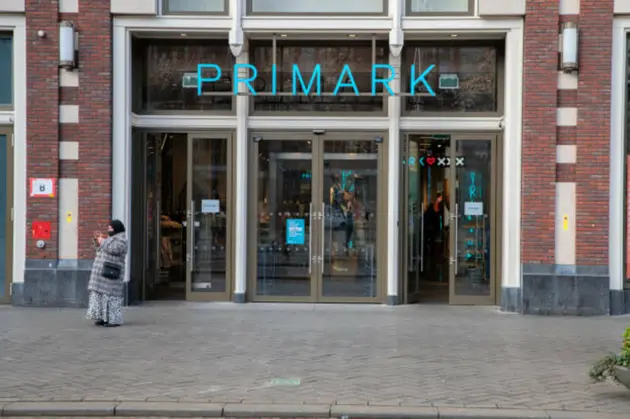Copyright Forbes

Alison Bringé, CMO, Launchmetrics, which provides 1,700+ brands AI-powered software, data and insights to connect strategy with execution. If you want to understand culture today, don't look at nightclubs—look at running clubs. According to Strava's December 2024 yearly report, Gen Zers are four times more likely to want to meet people through working out than at a bar. Additionally, nearly 1 in 5 of them even went on a date with someone they met through exercise. Fitness has become the new social arena where friendships form and communities take root. This shift also affects what we wear. Sportswear is no longer just about performance and aesthetics but about belonging. As such, connecting with sportswear brands is a way for people to express their identity, live out their values and join a like-minded community. Put another way, consumers aren't just buying products; they're searching for their tribe—and they're looking to sportswear brands to help them find it. This is why investing in community is so crucial and why, I believe, the brands that do so now will be the ones that define the next era of sportswear. Why Traditional Levers Are Losing Power Once upon a time, it was enough to drop a new pair of trainers or enlist a big-name celebrity to front your campaign. However, a June 2025 McKinsey & Company consumer research report found that only 8% of U.S. consumers and 14% of Europeans viewed traditional media as influential to their brand choices, indicating how much power those levers have lost. Today's consumers expect more. They look for endorsements that are authentic, content that feels relatable and brands that reflect their values. They want to feel seen and heard. For Gen Z especially, belonging matters more than hype, and any campaign that feels manufactured will quickly be dismissed. In this environment, visibility and scale are just the entry point. The true differentiator is cultural fluency—the ability to understand, participate in and add value to the communities that shape culture. The Rise Of Voice-Led Communities Building a community can be accomplished in many ways, but I'd argue that the number one factor of success is choosing the right voices to work with. For example, Gymshark built a community powered by influencer voices and organic brand ambassadors, a strategy that paid impressive dividends. In 2020, after eight years of business (and without a single physical store), the company reached unicorn status with a valuation exceeding $1.4 billion. A case study published by the University of Windsor found that Gymshark had "successfully built a brand community in the true sense—a network of customers who identify strongly with the brand and with each other." "The community's enthusiasm creates a self-reinforcing cycle: loyal customers eagerly participate in campaigns (providing free marketing content for Gymshark), and new customers are drawn by the vibrancy and positivity of the community," the study added. This isn't about signing influencers with the biggest follower counts. To shape communities, you have to choose the right voices to lead your brand and inspire audience participation. At Launchmetrics, a company I work for, we've identified six voice archetypes that are driving sportswear marketing performance today. These archetypes give brands a framework for choosing the right mix of athletes, trainers and creators—not simply for visibility but to build genuine communities: • The Style-Driven Athlete: Blends fashion and fitness, offering both credibility and cultural relevance (think Lewis Hamilton or Naomi Osaka). • The Performance Purist: Lives and breathes sport (e.g., pro runners and triathletes). They inspire people to push their limits and choose brands based on performance and innovation. • The Outdoor Adventurer: From climbers to trail runners, they connect through authenticity, sustainability and a lifestyle rooted in nature. • The Community Coach: Trainers and instructors who motivate through real-time connection, building trust both in-studio and online. • The Fitness Influencer: Relatable lifestyle creators who blend workouts, wellness and everyday routines into trusted recommendations. • The All-Star Contributor: Culturally powerful figures whose influence extends beyond sport, driving hype through collaborations and high-visibility campaigns (think A-listers like Zendaya). The real power of these voices lies in how you activate them. A Style-Driven Athlete might front a story-driven campaign, while a Community Coach could host a series of virtual classes. Each archetype offers different ways to create rituals, validate lifestyles and embed your brand into culture, so aligning the right voices with the right strategies is key. The New KPI For CMOs Choosing the right voices is one challenge; proving their impact is another. That's where a new KPI comes in: community integration. Measuring community integration means tracking not just how many people a brand reaches but how many choose to belong. That shows up in things like participation (whether in run clubs, digital challenges or brand-owned platforms) as well as in the content communities create themselves. It's reflected in loyalty behaviors such as repeat engagement, referrals and higher lifetime value, as well as in the way consumers begin to talk about the brand as part of their lifestyle, not just their wardrobe. This is why voice mix matters. The right community leaders aren't defined by their tier but by how well their values align with the brand and how effectively they inspire a sense of belonging. A micro-influencer with an engaged audience and a genuine passion for your brand might do more for long-term equity than a fleeting mention from a top-tier influencer. Ultimately, the brands that take community integration seriously—and measure it beyond surface metrics—will be the ones that convert influence into long-term value. Conclusion People are no longer buying sportswear that merely looks good or makes them run faster. They want to connect to brand communities that motivate them—to move, to connect with others, to become better people. That sense of belonging turns casual customers into lifelong advocates, making the brand a vital force in their lives. It's why brands that want to rise up need to focus on finding the right voices that align with their values and community-building goals and then mapping those voices to marketing activities to accurately measure performance. The brands with the loudest campaigns won't win the future of sportswear. The brands that build the strongest communities will.



